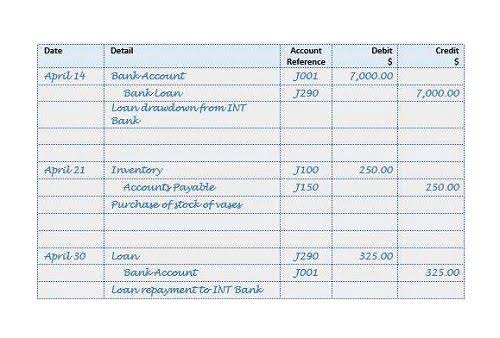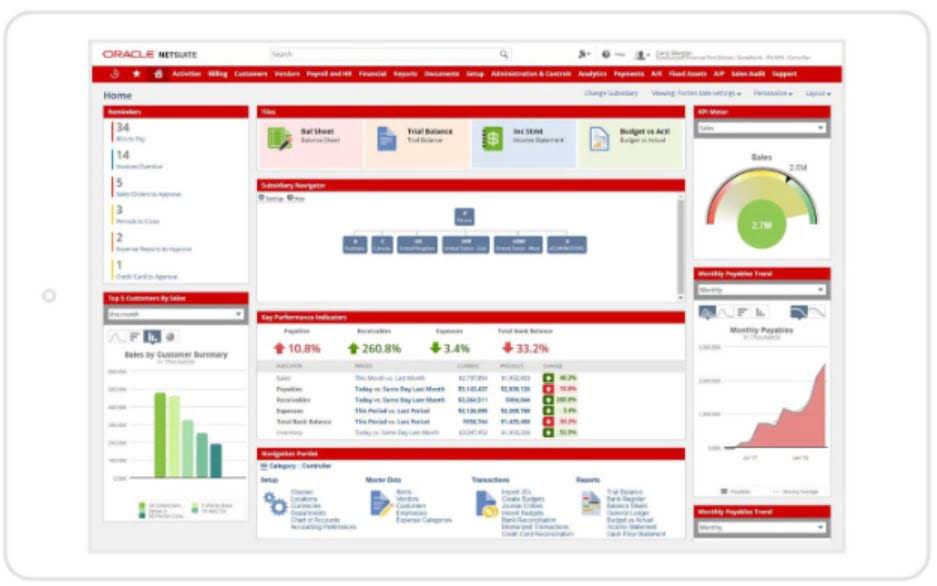
Notes receivable are recorded as a debit on the balance sheet of the company extending credit. They represent an asset to the company, indicating amounts owed to them by debtors. The corresponding entry on the debtor’s balance sheet would be a credit to reflect the liability owed. Receivables are a fundamental component of businesses’ accounting operations, and understanding their different types is paramount to ensuring efficient cash flow management.

Payment
For scenario 2, the principal is being reduced on an annual basis, but the payment is not made until the end of each year. For scenario 3, there is an immediate reduction of principal due to the first payment of $1,000 upon issuance of the note. The remaining four payments are made at the beginning instead of at the end of each year.
Automated Debt Collection
Both represent money owed to a company by its customers, but they arise from different circumstances. A note receivable is an asset that arises from a sale where the buyer agrees to pay back the seller at a later date. Firstly, it helps in boosting cash flow as it allows companies to receive payments over time instead of upfront. By doing so, businesses can easily manage their finances and allocate funds accordingly. One advantage of using note receivables is that they can help improve cash flow for your business.
What are notes receivable? Definition and examples
- Prepaid expenses represent advance payments made by a company for goods and services to be received in the future.
- A note payable is the counterpart to a note receivable, with the maker of the note being the debtor who is obligated to pay the note.
- Interest income account is credited when the interest received has not been recognized already.
- The total discount $480 amortized in the schedule is equal to the difference between the face value of the note of $10,000 and the present value of the note principal and interest of $9,250.
- As a result, the carrying amount at the end of each period is always equal to the present value of the note’s remaining cash flows discounted at the 12% market rate.
This has an indirect impact on cash flow, as your company’s liquid cash remains unchanged even though you’ve made a sale. The customer issues a promissory note to formalize the agreement, and the business enters it in its ledger as notes receivable. Sometimes a company receives a note when it Medical Billing Process sells high-priced merchandise; more often, a note results from the conversion of an overdue account receivable. When a customer does not pay an account receivable that is due, the company may insist that the customer give a note in place of the account receivable. This action allows the customer more time to pay the balance due, and the company earns interest on the balance until paid.
What’s the difference between notes receivable and notes payable?

The payee is the party who receives payment under the terms of the note, and the maker is the party obligated to send funds to the payee. The amount of payment to be made, as listed in the terms of the note, is the principal. Situation 2b – The company receives another note from the customer for the principal and receives cash for the interest only. Note that since the 12% is an annual rate (for 12 months), it must be pro- rated for the number of months or days (60/360 days or 2/12 months) in the term of the loan. This journal entry causes the balance in Accounts Receivable to decrease and the balance in Note Receivable to increase.


Failure to accurately classify these assets could result in misrepresenting the company’s liquidity position and profitability. Notes receivable are classified as either current assets or non-current assets depending on when they are expected to be repaid. If repayment is due ledger account within one year (or the operating cycle of the business), they’re considered current assets; otherwise, they fall into the non-current category. Notes receivable are the asset accounts tied to a formal written agreement that outlines specific terms and conditions for the debt repayment.
The impact of accounts receivable on cash flow

Just as was the case with accounts receivable, there is a possibility that the holder of the note receivable will not be able to collect some or all of the amounts owing. When the investment in a note receivable becomes impaired for any reason, the receivable is re-measured at the present value of the currently expected cash flows at the loan’s original effective interest rate. Promissory notes are more than just pieces of paper; they are a cornerstone of financial transactions in the business world. Their ability to embody trust, extend credit, and provide legal assurance makes them an indispensable tool for businesses of all sizes and sectors. Regularly reviewing your accounts receivable aging report allows you to identify potential issues early on and take prompt action if necessary.
For accounting purposes, investors must also monitor the principal of the note receivable and any additions like interest. Good records help easily manage notes receivable and minimize financial exposure. On the other hand, notes payable come into play when you, as a real estate investor or developer, take on debt to finance property purchases or development projects. For instance, if you purchase a property with a mortgage or secure a loan to develop a real estate project, you generate a note payable. This note outlines your obligation to repay the borrowed funds under specified conditions, including repayment schedule and interest. These notes are classified as liabilities on your balance sheet because they represent is a note receivable a current asset future cash outflows that you are legally obliged to make.
The payer, or the marker, is the borrower who gets the loan from the payee. Notes can be converted to cash by discounting them to the financial institutions. If the maker dishonors the note, the company discounting the note pays to the financial institutions. Although notes receivable have a lot of potential benefits, mortgage holders need to understand how to manage them well.

leave a reply